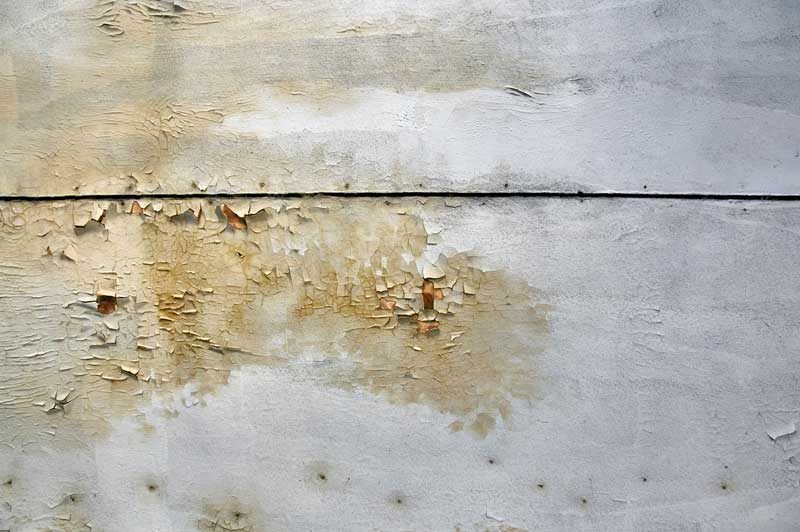Water damage incidents can result from natural floods, plumbing emergencies or they can be the result of putting out a fire. Even small fires may cause some water damage to occur. The sooner you take steps to ensure the damage is minimized the less of a chance there will be for mildew or mold to grow.
When mold is left to grow it can cause damage to your walls, floors, tiles, carpeting and the structure itself. Black mold is especially dangerous because it can not only damage your home, it can cause serious illnesses. Here are four essential steps to take after experiencing water damage so that mold will not grow in your home.
1 – Extract all standing water possible
If the water damage has occurred from a plumbing problem or a leaky appliance, turn off the water supply. If there is a flood due to a storm or some other cause, you want to remove or extract all that you can but do this carefully. Do not go near any electrical wires or outlets.
You should also contact your water damage restoration experts and have them come to do the remaining extractions using wet and dry vacuums and other professional equipment.While you are waiting for them, if it is safe to do, you can take buckets or other containers and scoop excess standing water from the areas affected.
2 – Clean and dry affected areas
Move furniture and, if possible, move the furnishings outdoors to air dry. Remove drapes, rugs and any belongings that have been affected. Anything that can be taken easily enough from the flooded areas should be removed. If they have been damaged beyond repair, items should be discarded.
3 – Dry and ventilate all areas immediately
Mold starts growing between 24 and 48 hours after a flood. Dry any areas that have been cleared of most of the flood. Open windows and ventilate the area. Run fans and dehumidifiers to dry any affected areas. If you sense any musty smells, double check these areas and clear away any moisture. Then dry and ventilate as needed.
4 – Repair and replace drywall
This step might be something you can do yourself if the damage is a small, localized area of the home. Most situations call for a qualified water remediation expert’s help. If there is any soaked fiberglass insulation, they can remove it and replace it with a product that is resistant to mold growth.
When you take these four steps after a flood, you can be sure that mold or mildew will be kept from growing. Flooring, carpeting, artwork, rugs, carpets, or documents and books can be saved. Experts know how to restore and santiize these items.
Act fast after a flood. Most of the remediation must be done professionally. The more you can do yourself in the first 24 hours, the greater the chances are that your home will be mold-free and that you will be able to restore all your furnishings, carpets and belongings to their original condition.


No Comments
Be the first to start a conversation